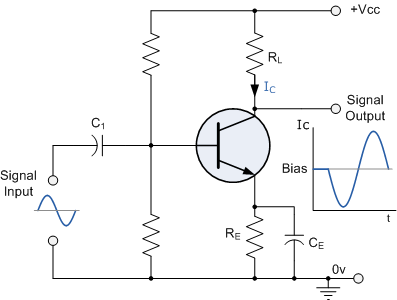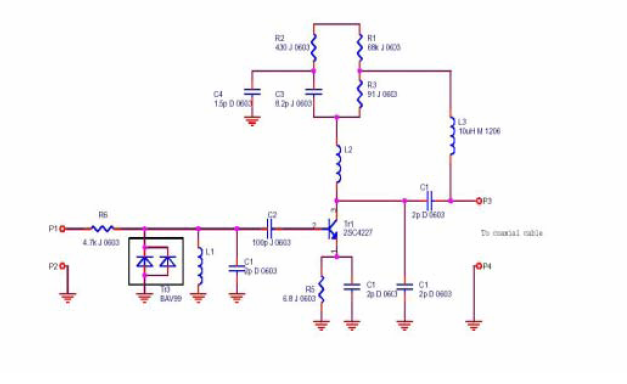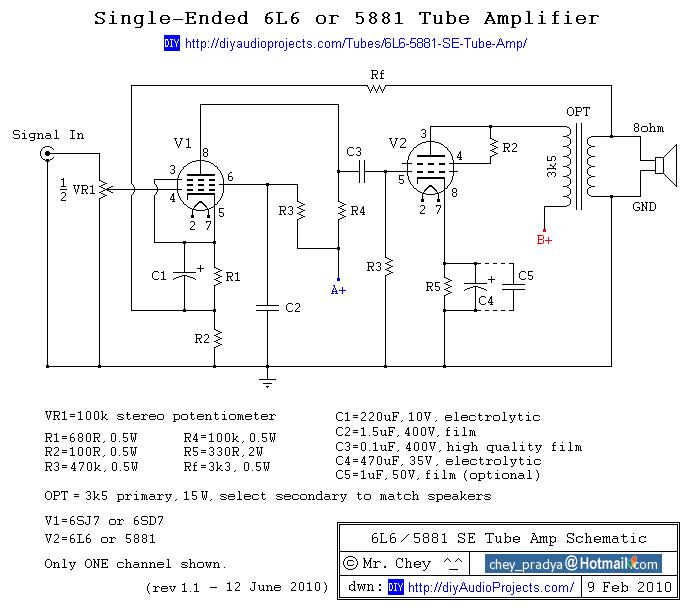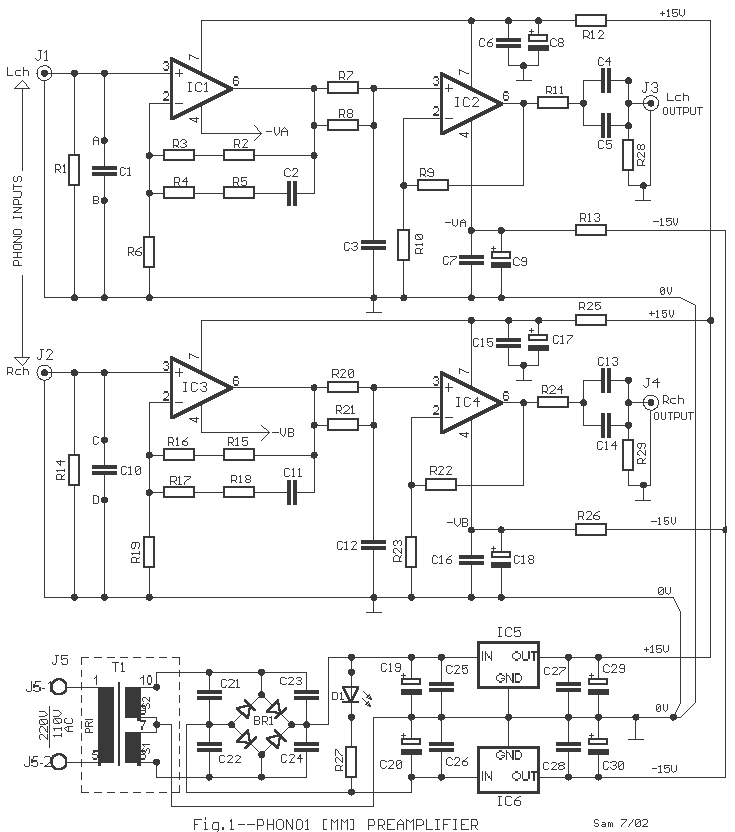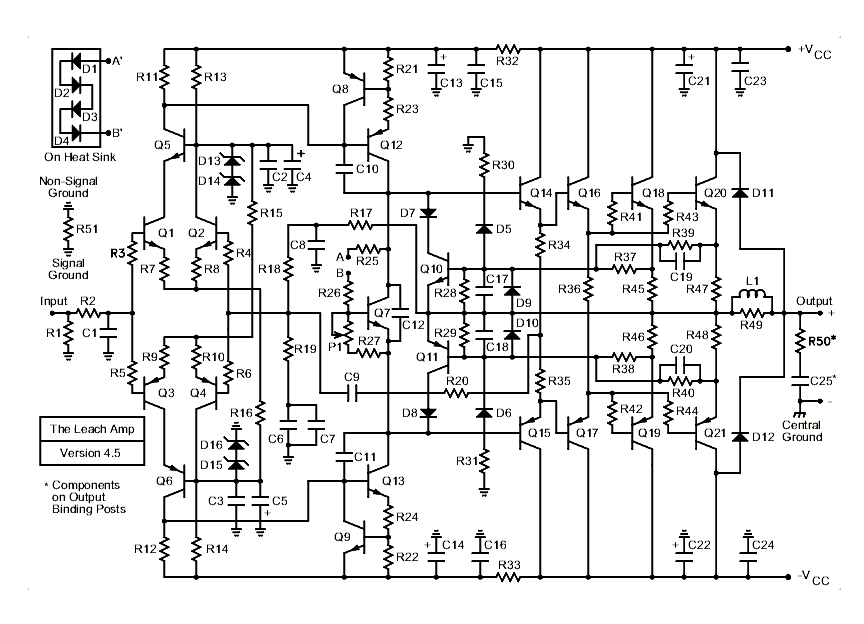
FM Booster~Active FM Antenna Amplifier
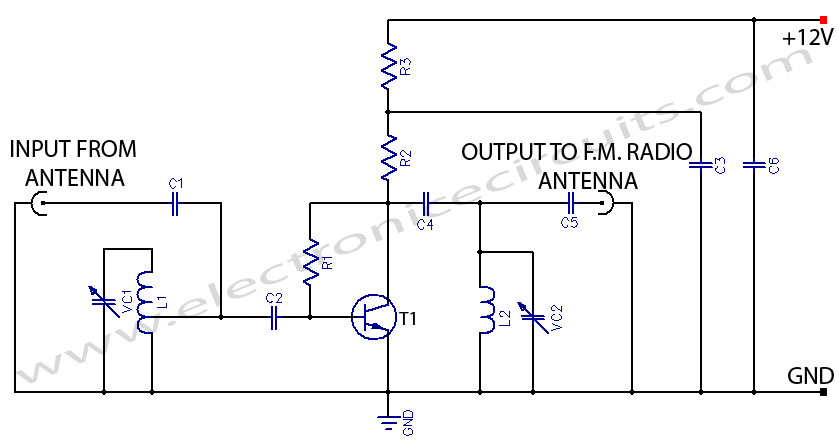
This FM booster allows for clear reception of programs from distant FM stations. The circuit features a common-emitter tuned RF preamplifier utilizing the VHF/UHF transistor 2SC2570 (only labeled as C2570 on the transistor body). The input coil L1 is composed of four turns of 20 SWG enameled copper wire, slightly spaced and wound over a 5mm diameter former. It is tapped at the first turn from the ground lead side. Coil L2 is similar to L1 but consists of only three turns.
The FM booster circuit is designed to enhance the reception of FM signals, particularly from stations that are located at a significant distance. The use of the 2SC2570 transistor is crucial as it offers high gain and low noise characteristics, making it suitable for RF amplification applications.
The circuit's architecture employs a common-emitter configuration, which provides a high input impedance and a low output impedance, facilitating efficient signal transfer. The input coil L1 plays a pivotal role in tuning the circuit to the desired frequency, with its four turns allowing for optimal inductance to match the frequency range of FM broadcasts. The slight spacing in the winding of L1 helps in reducing parasitic capacitance, which can adversely affect performance.
The tapping of L1 at the first turn from the ground lead side is a strategic design choice. This configuration allows for better impedance matching and enhances the circuit's selectivity, enabling it to filter out unwanted signals effectively. Coil L2, with its three turns, serves as a secondary inductor that complements L1, further refining the circuit's tuning capabilities.
Overall, this FM booster circuit exemplifies a straightforward yet effective design for improving FM signal reception, making it an essential tool for radio enthusiasts seeking to access distant broadcasts with clarity. Proper assembly and tuning of the coils, along with careful consideration of the transistor's placement and connections, will significantly influence the circuit's performance.This FM booster that can be used to listen to programmes from distant FM stations clearly. The circuit comprises a common-emitter tuned RF preamplifier wired around VHF/UHF transistor 2SC2570. (Only C2570 is annotated on the transistor body. ) Input coil L1 consists of four turns of 20SWG enamelled copper wire (slightly space wound) over 5mm diamet
er former. It is tapped at the first turn from ground lead side. Coil L2 is similar to L1, but has only three turns. 🔗 External reference
The FM booster circuit is designed to enhance the reception of FM signals, particularly from stations that are located at a significant distance. The use of the 2SC2570 transistor is crucial as it offers high gain and low noise characteristics, making it suitable for RF amplification applications.
The circuit's architecture employs a common-emitter configuration, which provides a high input impedance and a low output impedance, facilitating efficient signal transfer. The input coil L1 plays a pivotal role in tuning the circuit to the desired frequency, with its four turns allowing for optimal inductance to match the frequency range of FM broadcasts. The slight spacing in the winding of L1 helps in reducing parasitic capacitance, which can adversely affect performance.
The tapping of L1 at the first turn from the ground lead side is a strategic design choice. This configuration allows for better impedance matching and enhances the circuit's selectivity, enabling it to filter out unwanted signals effectively. Coil L2, with its three turns, serves as a secondary inductor that complements L1, further refining the circuit's tuning capabilities.
Overall, this FM booster circuit exemplifies a straightforward yet effective design for improving FM signal reception, making it an essential tool for radio enthusiasts seeking to access distant broadcasts with clarity. Proper assembly and tuning of the coils, along with careful consideration of the transistor's placement and connections, will significantly influence the circuit's performance.This FM booster that can be used to listen to programmes from distant FM stations clearly. The circuit comprises a common-emitter tuned RF preamplifier wired around VHF/UHF transistor 2SC2570. (Only C2570 is annotated on the transistor body. ) Input coil L1 consists of four turns of 20SWG enamelled copper wire (slightly space wound) over 5mm diamet
er former. It is tapped at the first turn from ground lead side. Coil L2 is similar to L1, but has only three turns. 🔗 External reference
